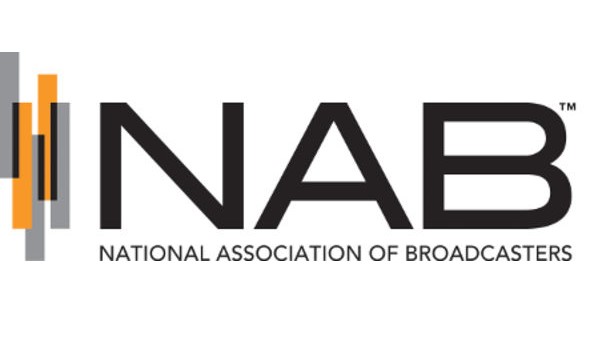NAB Warns FCC About 6 GHz ENG Interference
WASHINGTON—The NAB has done its homework on potential interference to electronic newsgathering services utilizing the 6 GHz spectrum band from unlicensed Radio Local Area Network Wi-Fi-type devices, and has provided that data to the FCC to advocate against uncoordinated unlicensed use.

In October 2018, the FCC proposed opening up the 1,200 MHz of the 6 GHz midband spectrum for unlicensed use. Broadcasters traditionally use the 6 GHz band for auxiliary operations, like sporting events, breaking news and special events.
The FCC has not officially voted on it, allowing for interested parties to provide comments. That is what the NAB did in a filing it sent to the commission on Dec. 5.
Writing that those proposing that the deployment of RLAN in the spectrum would have little to no impact defies “past experience and common sense,” the NAB provided the commission a report conducted by an engineering firm, Alion, that looked at the likelihood and extent of interference to ENG systems using three common ENG deployment use cases: indoor camera to indoor receiver; outdoor camera to news truck; and outdoor news truck to central receive site.
For indoor ENG operations, Alion found that interference could be expected 0.9% in best case scenarios and 95.3% in worst case scenarios. Outdoor ENG operations saw potential interference 0.4% to 66.9%. Finally, transmitting to a central receiver site, Alion reported that interference was predicted every single time.
“ENG systems are a critical component to public warning, newsgathering and content generation,” the NAB wrote, also pointing out that broadcasters have already loss access to channels at 2.5 GHz due in part to interference from 2.4 GHz Wi-Fi systems. “Based on that experience, we are certain that uncoordinated RLANs will cause interference to 6 GHz ENG systems.
The NAB does say that there is an opportunity to provide additional spectrum for Wi-Fi use in 6 GHz—Microsoft, broadband operators and wireless carriers are also seeking to utilize some, or in some cases all, of the 6 GHz spectrum—but that “it must not risk eliminating the non-common carrier mobile uses in the spectrum by allowing unrestricted, uncoordinated use, even if limited to indoor locations.”
Get the TV Tech Newsletter
The professional video industry's #1 source for news, trends and product and tech information. Sign up below.
